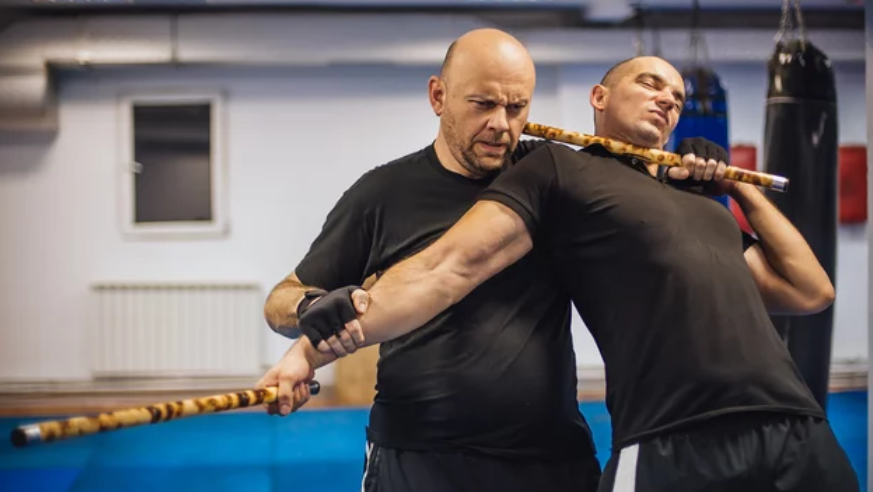Escrima is a popular Filipino martial art dating back to the 1500s, during the colonization of the Philippine Islands by the Spanish.
Escrima is a very simplified but practical form of combat technique originally designed as a self-defense tool.
Escrima is also known by many other names such as Eskrima, Arnis, Arnis de Mano, Kali and FMA (Filipino Martial Art).
Because of its effectiveness, Escrima is also taught extensively in many Special Forces including the Navy Seals and Army Special Forces.
Brief History:
Many believe that Escrima or Filipino Martial Art originated from Chinese influenced Indonesian fighting tactics such as Kun Tao, Chuan Fa and Tai Chi double stick forms.
Others believe the Escrima art form to be wholly developed by the Filipino people.
However, the most plausible explanation seems to be rooted in the history of the Spanish colonization.
When the Spanish occupied the Philippine Islands, a form of art similar to Escrima had already existed but was only recreational.
However, this art began to develop into a more martial discipline when the Spanish prohibited indigenous Filipino weapons such as the Bolo (machete), daggers and fighting sticks in the 1700s.
It remained a clandestine art until the Americans took over in 1898.
From then on, the Filipino Martial Art started to gain recognition and popularity.
In the West, Escrima was introduced and popularized by Filipino immigrants after the Second World War, particularly in the American states of Hawaii and California.
Weapons and Footwork in Escrima:
Unlike other forms of martial arts, the primary tool to learn the basic concepts of Escrima is focus on weaponry, which is followed by empty-hand techniques.
The Rattan stick is the most common weapon used in Escrima training, which includes hand and head protection when sparring.
Other weapons include burned and hardened stick made of hardwood, such as Molave or Kamagong (ebony).
Modern versions may be made out of aluminum, other metals, or high-impact plastics.
The Nunchaku (also known as Kung Fu sticks or Double sticks) weapon was popularized by actor Bruce Lee, an avid practitioner of Escrima.
Each range – the distance between opponents – in Escrima has its own characteristics and footwork techniques.
Good footwork enables efficient control of these ranges.
The footwork is demonstrated in terms of triangles with two feet occupying two corners of the triangle and the step to the third corner.
The shape and size of the triangle is dependant on the particular situation.
Escrima Facts:
- Escrima is mixture of hard (like Karate) and soft (like Tai Chi Chíuan) styles.
- Escrima is taught on ideal street-fighting settings without the need for uniforms.
- Restraining techniques are not focused on but rather on offensive, combat styles.
- There are no official rankings in Escrima except for titles to recognize seniority of instructors.
- Most of the power in Escrima is derived from body movement and economy of motion, rather than strength.
- Escrima is a complete martial art, focusing on weaponry and empty-hand techniques.
- Escrima provides effective training in sparring against multiple opponents.

